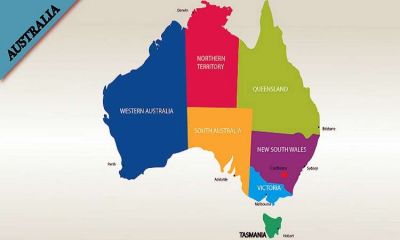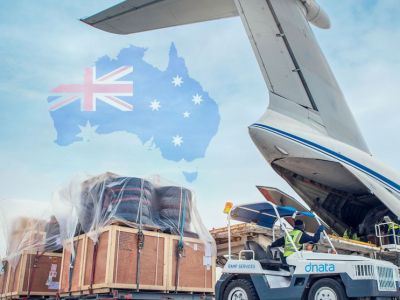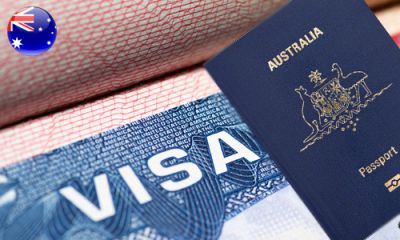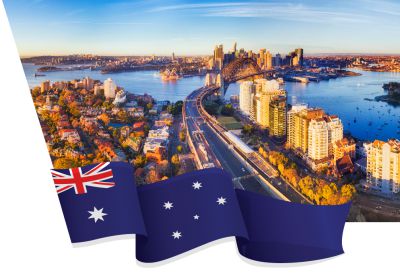OVERVIEW OF AUSTRALIA
Australia - also known as Australia (English: Commonwealth of Australia) is a country consisting of the mainland of Australia, the island of Tasmania, and many small islands. It is the sixth largest country by area in the world. Australia's neighboring countries include Indonesia, East Timor and Papua New Guinea to the north; Solomon Islands, Vanuatu, and French New Caledonia to the northeast; and New Zealand in the southeast.
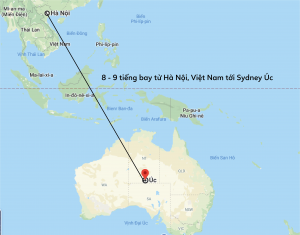
⚘ Area: 7,692,024 km²
⚘ Time zone: UTC +8 to +10.5 (winter); UTC +9 to +11.5 (summer)
⚘ Capital: Canberra
⚘ Largest city: Sydney
⚘ Official language: none
⚘ Other languages: English
⚘ Population Estimated 2018: 25,072,500
GEOGRAPHICAL LOCATION
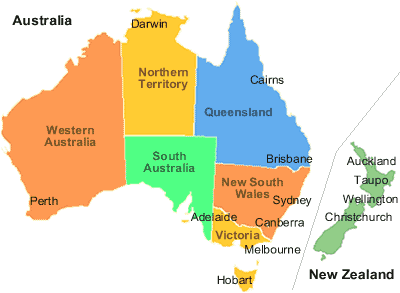
Located between the Indian Ocean and the Pacific Ocean, the country is 4,000 kilometers from east to west and 3,200 kilometers from north to south, with a coastline of 36,735 kilometers.
Located on the Indo-Australian Plate, surrounded by the Indian and Pacific Oceans, separated from Asia by the Arafura and Timor Seas, the Coral Sea lies off the coast of Queensland, and the Tasman Sea lies between Australia and New Zealand. Zealand. Australia is the smallest continent in the world but is the 6th largest country in terms of total area, due to its large size and isolation, Australia is also known as the "island continent", and is sometimes considered the largest island in the world. gender.
CLIMATE
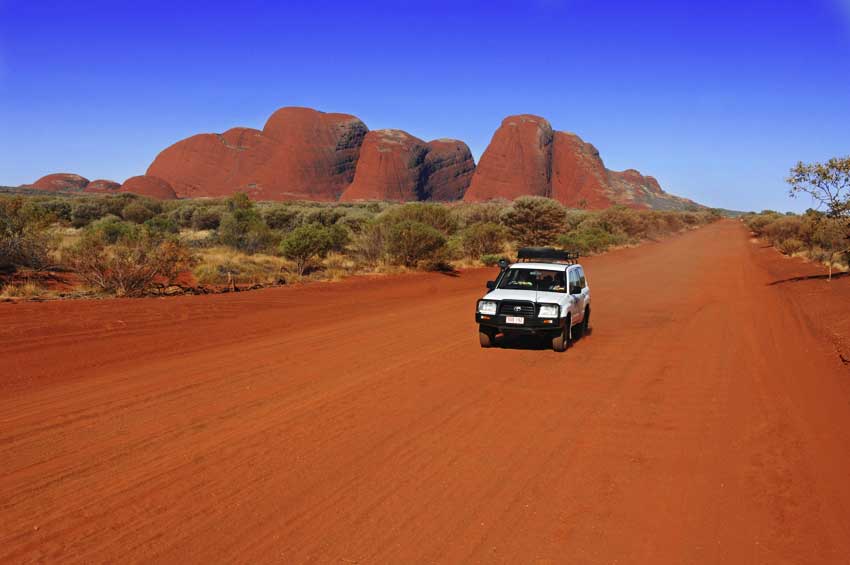
Australia has a wide variety of landscapes, with tropical rainforests in the northeast, mountain ranges in the southeast, southwest and east, and arid deserts in the centre. Australia is the flattest continent, with the oldest and least fertile lands such as deserts or semi-arid lands commonly referred to as "outbacks" forming the most common landscape.Australia's population density is 2.8 people/km², which ranks among the lowest in the world, but a large part of the population lives along the temperate southeastern coast.
Eastern Australia is highlighted by the Great Dividing Range, a mountain range that stretches parallel to the coasts of Queensland, New South Wales and much of Victoria. Much of the north of Australia has a tropical climate, with mostly rainy summers (monsoon). The southwest corner has a Mediterranean climate. Much of the southeast (including Tasmania) has a temperate climate.
✪ STATE AND TERRITORY
Australia has six states:
New South Wales (NSW)
Queensland (QLD)
Nam Úc (SA)
Tasmania (TAS)
Victoria(VIC)
Tây Úc (WA)
and two mainland territories: the Australian Capital Territory (ACT) and the Northern Territory (NT).
GOVERNMENT
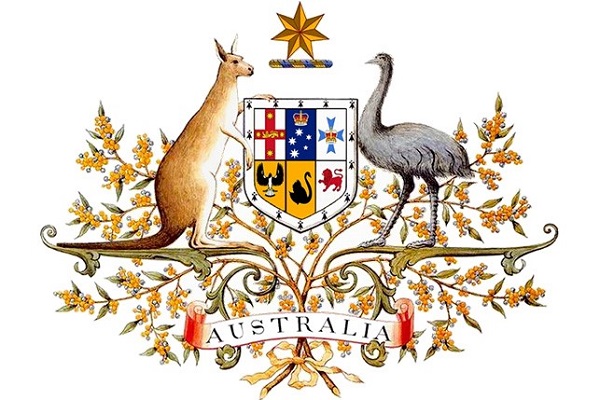
Australia is a constitutional monarchy, which is a federation of separation of powers. The country has a parliamentary government, with Queen Elizabeth II serving as head of state as Queen of Australia - a role separate from the monarchy of other Commonwealth countries. commonwealth. The Queen resides in the UK, the viceroys represent her in Australia (Governor at the federal level and Governor at the state level), by convention they act on the advice of ministers. The Australian Constitution grants the monarchy supreme executive power, but the power to enforce it is vested in the Constitution alone with the Governor-General.
EDUCATION

Australia's higher education system has both public and private universities. Some universities have campuses in other countries. Australia has more than a thousand universities, training colleges, institutes and language schools, offering international students around 25,000 courses. The quality of Australian education and training is recognized around the world.
International students choose Australia to study for their high standards of teaching, internationally recognized qualifications and welcome to a diverse society. Adult literacy rates in Australia were estimated at 99% in 2003. Australia has 37 government-funded universities and two private universities, several other specialist institutes also offering courses. approved courses at the higher education level.
The OECD ranks Australia among the most expensive countries to attend university. Approximately 58% of Australians aged 25 to 64 have a vocational or university degree and the university graduation rate of 49% is among the top among OECD countries. The proportion of international students who come locally to study in Australian higher education is the highest among OECD countries.
HUMAN
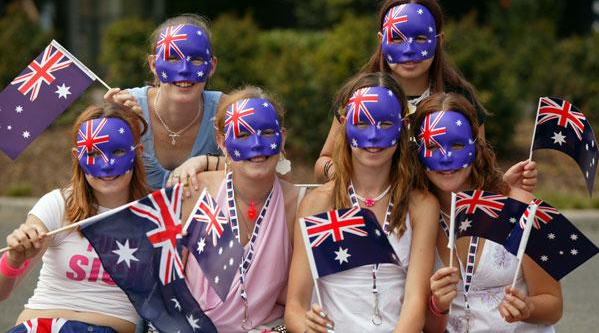
Australia is one of the most ethnically diverse societies in the world today. Nearly one in four Australian residents were born outside of Australia and many more are first or second generation Australians, the children and grandchildren of recent migrants and refugees. These diverse origins, coupled with the culture of Indigenous Australians who have lived on the Australian mainland for more than 50,000 years, have helped create a unique Australian identity and spirit.
For tens of thousands of years, Indigenous Australians' life and sense of cultural identity have been inextricably linked with the land, its forms, flora and fauna. Today, the identities of all Australians are shaped by their relationship with the natural environment. Australia is one of the most urbanized and coastal countries in the world. More than 80% of Australians live 100 kilometers from the coast.
CULTURE
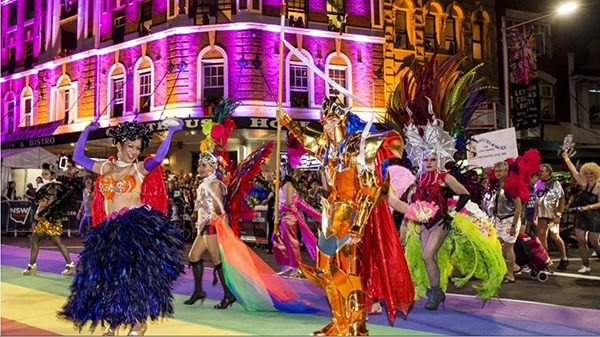
Since 1788, the foundation of Australian culture has been strongly influenced by Western Anglo-Celtic culture. Specific cultural features also emerge from Australia's natural environment and indigenous culture. Since the mid-twentieth century, American popular culture has had a strong influence on Australia, especially through television and film. Other cultural influences come from neighboring Asian countries, and through large-scale immigration from non-English speaking countries.
ECONOMY
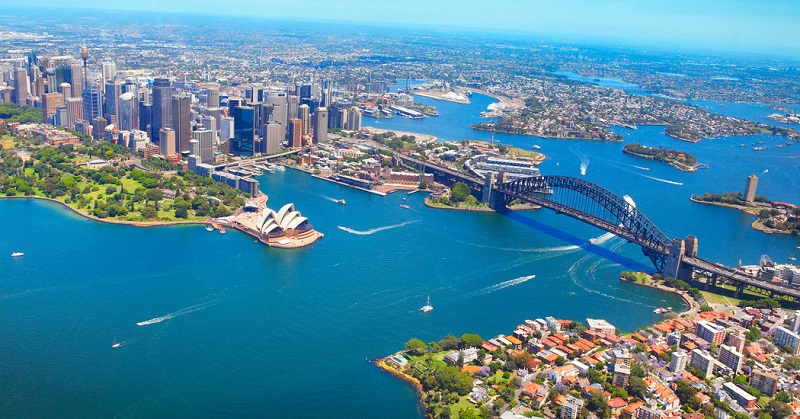
Australia is the 12th largest economy in the world, has a relatively high GDP per capita, and a relatively low poverty rate. By wealth per capita, Australia ranked first in the world in 2013, but poverty in the country increased from 10.2% to 11.8%.
Australia's economy consistently ranks among the strongest advanced economies in the Organization for Economic Cooperation and Development. Australia is a top performer on almost every measure of excellence, from health to wealth, from ease of doing business to education.


